Amongst humankind, language is our primary form of communication, an ability exclusive to us humans. Although there’s no other species that use language the same way we do, there’s definitely no lack of communication within the animal kingdom. Here are just a few examples of animals that communicate in the most complex and strangest ways.
1. Honeybees: The Waggle Dance
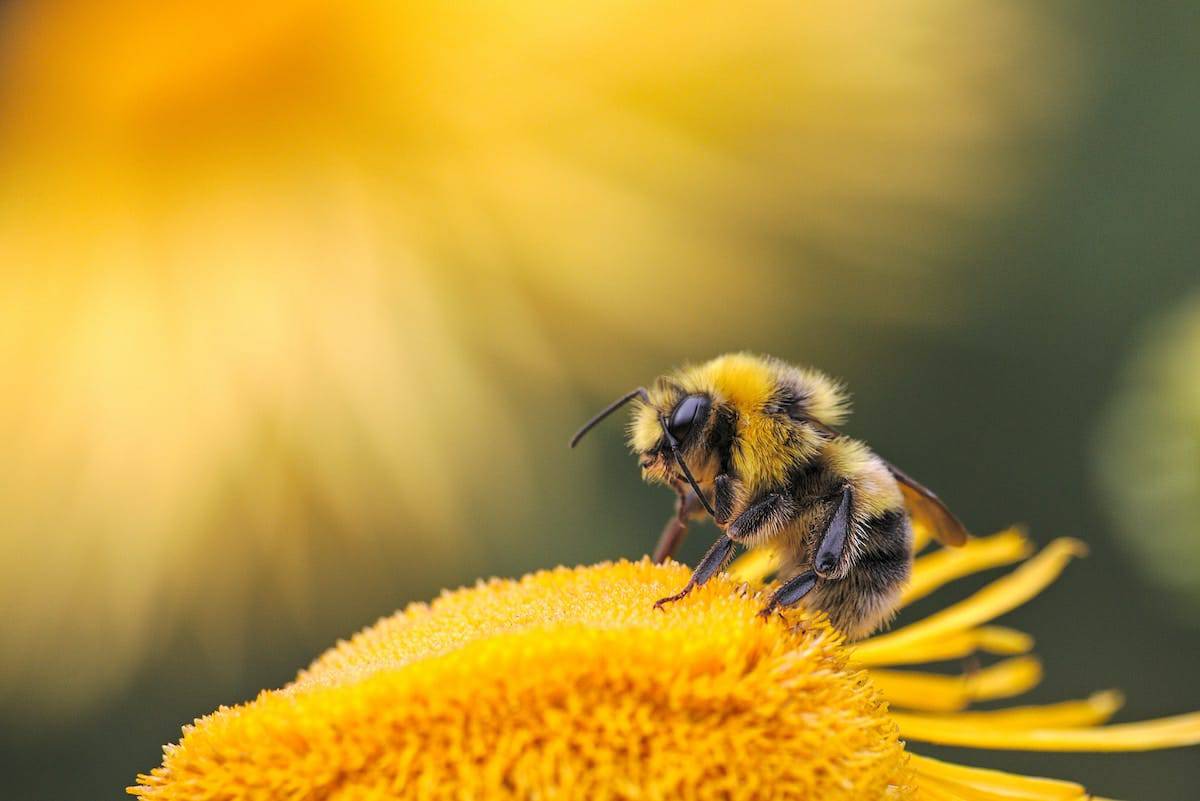
Honeybees perform a fascinating “waggle dance” to inform their hive mates about the location of food sources. This dance includes a series of movements that indicate the direction and distance of flowers from the hive.
2. Dolphins: Signature Whistles

Dolphins are known for their sophisticated use of sound. Each dolphin develops a unique signature whistle that functions somewhat like a name, allowing them to identify and call to each other across vast ocean distances.
3. Elephants: Infrasound
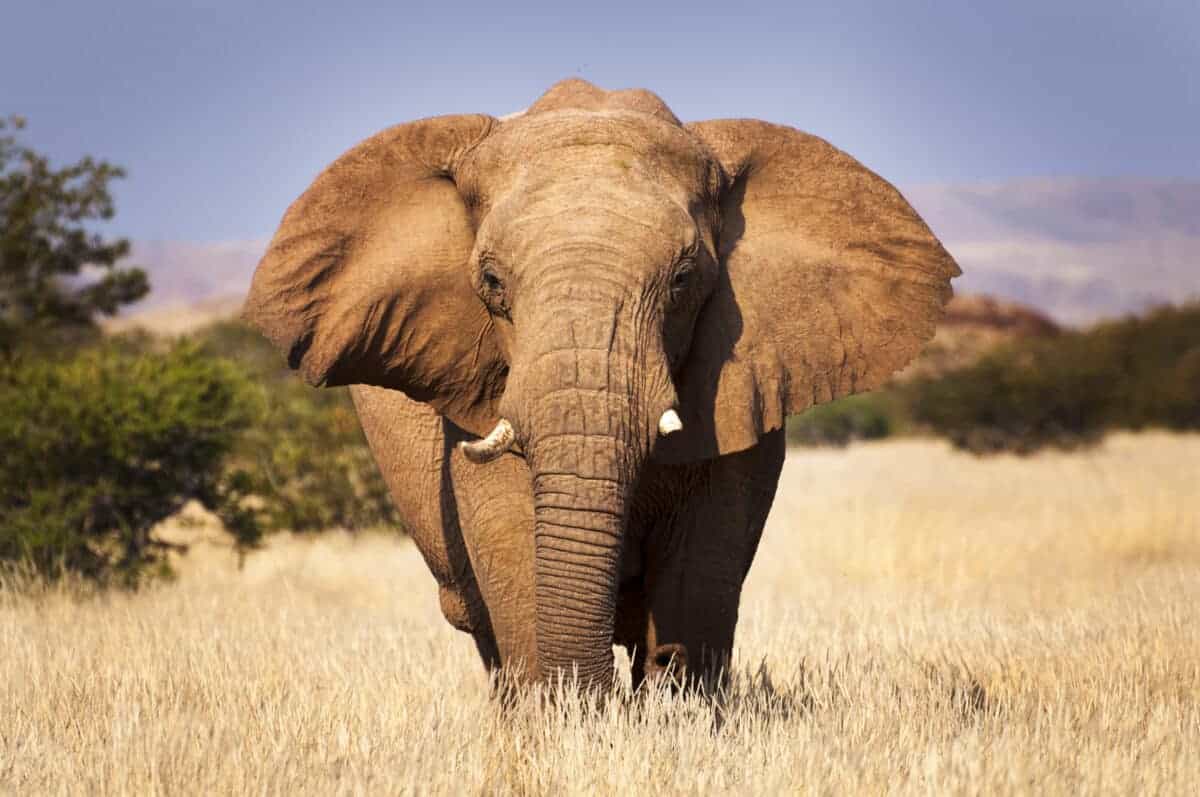
Elephants communicate using sounds below the range of human hearing, known as infrasound. These low-frequency vibrations can travel over long distances, enabling elephants to send messages to each other up to several miles away.
4. Fireflies: Bioluminescent Morse Code
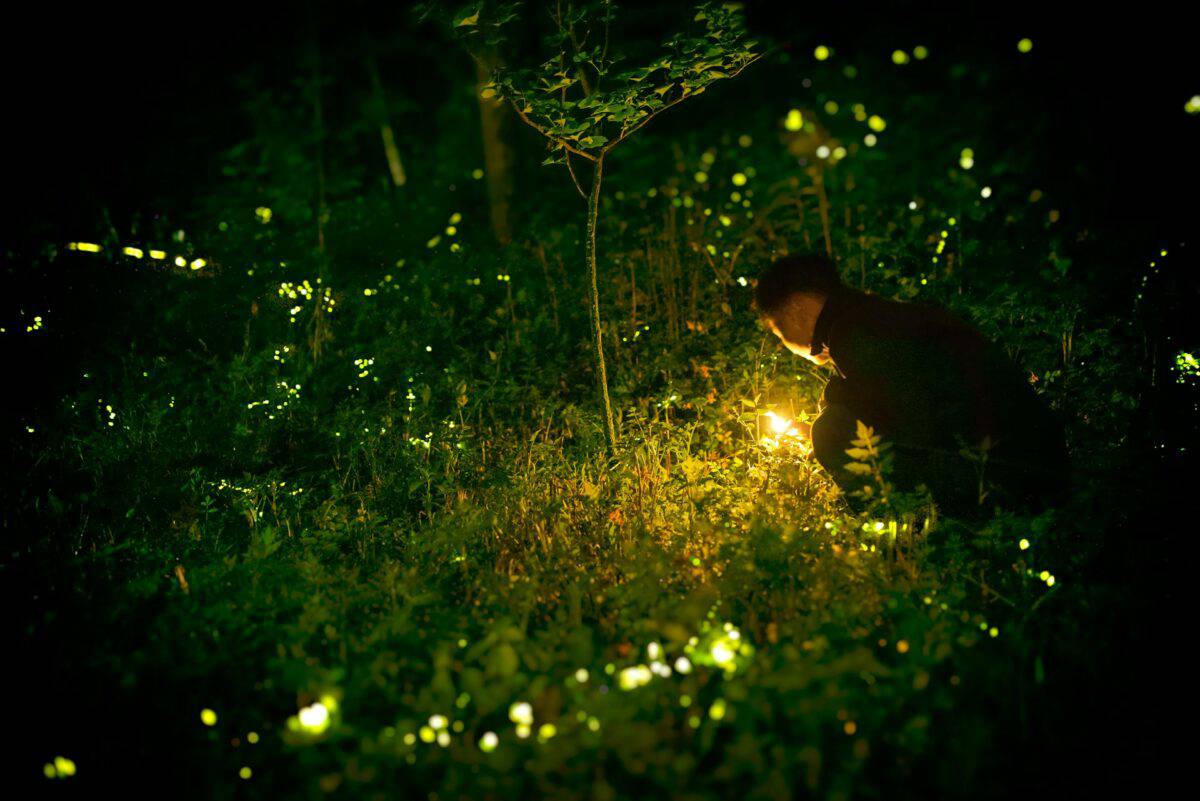
Fireflies use their bioluminescent tails to create flashing patterns – kind of like a visual Morse code. They use this code to attract mates and communicate with one another and each species has its unique flash pattern.
5. Prairie Dogs: Complex Vocal Language
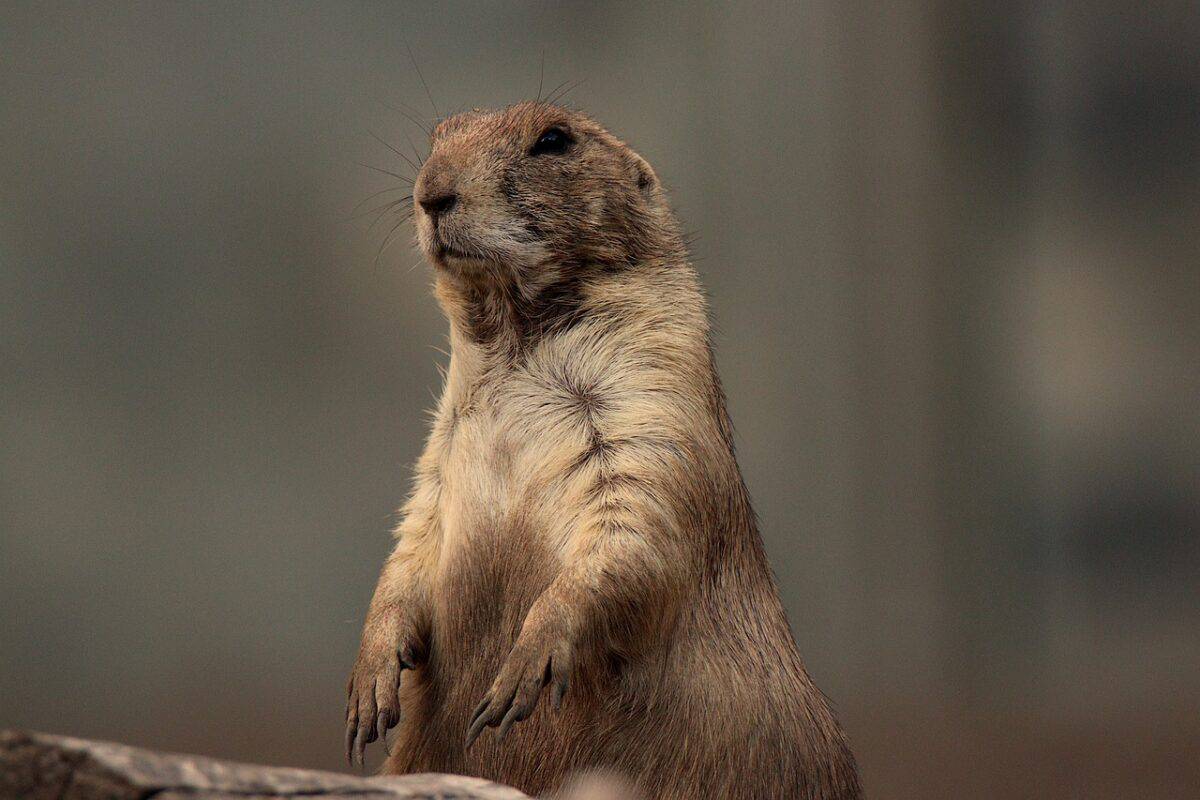
Prairie dogs have a highly developed vocal communication system. They emit different sounds to signify the presence of different predators, and their calls can specify the type of predator, its size, and how fast it’s approaching.
6. Humpback Whales: Song
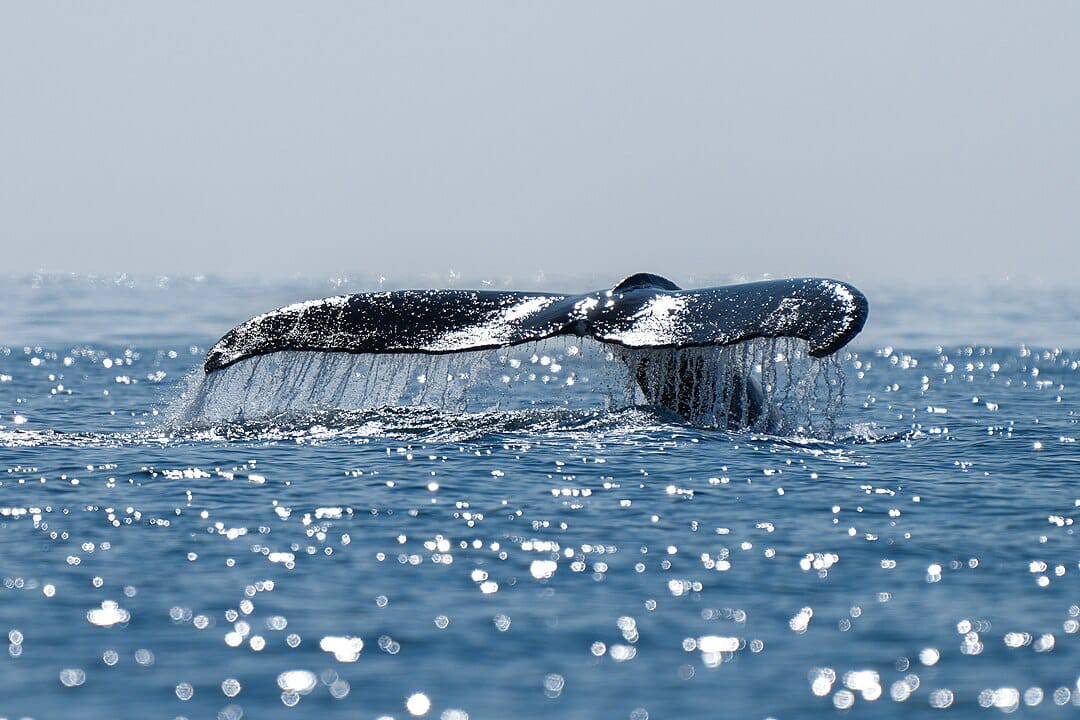
Male humpback whales sing complex songs that can last for up to 20 minutes and be heard over distances of up to 20 miles. These songs are thought to play a role in mating rituals and establishing dominance.
7. African Drumming Frogs
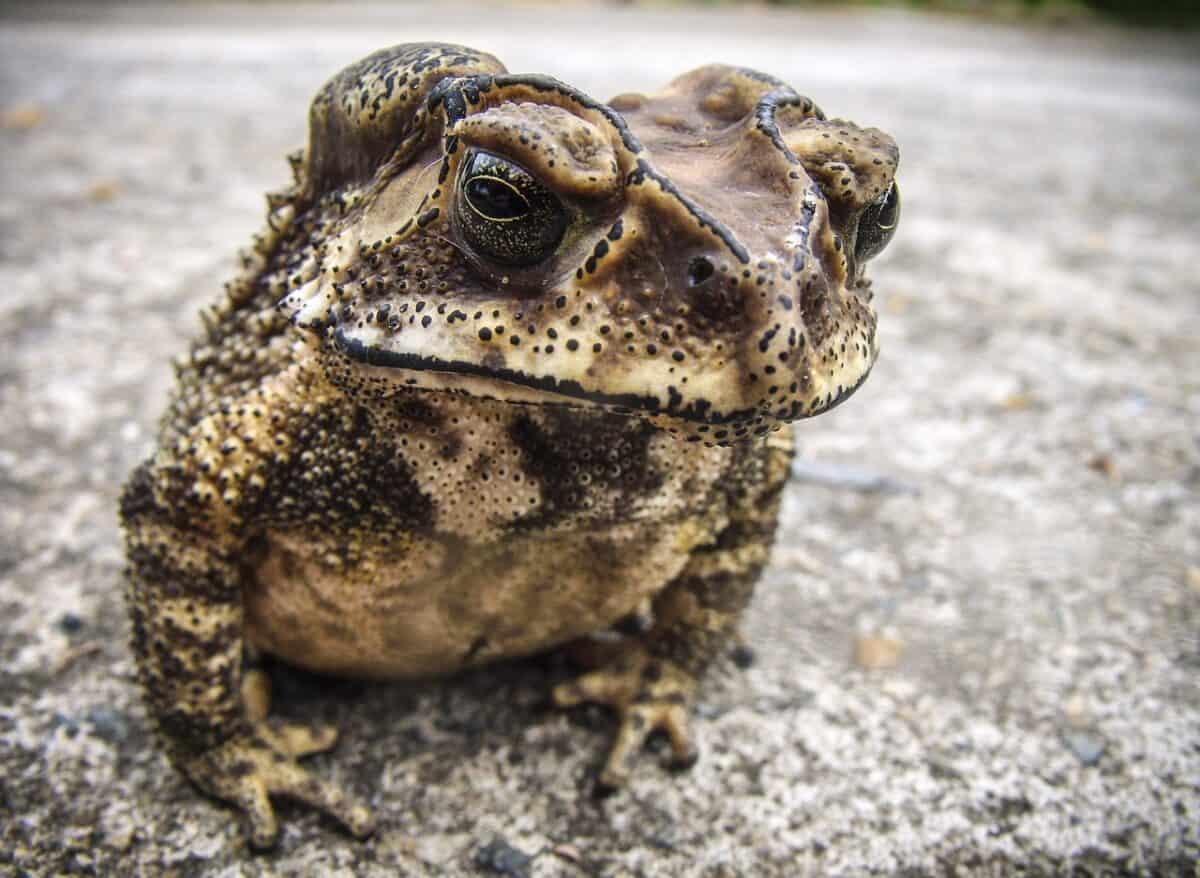
In West Africa, certain frogs use hollow trees to amplify their mating calls. By beating their chests in the cavities of trees, they create a drumming sound that resonates through the forest.
8. Bowerbirds: Decorative Calls
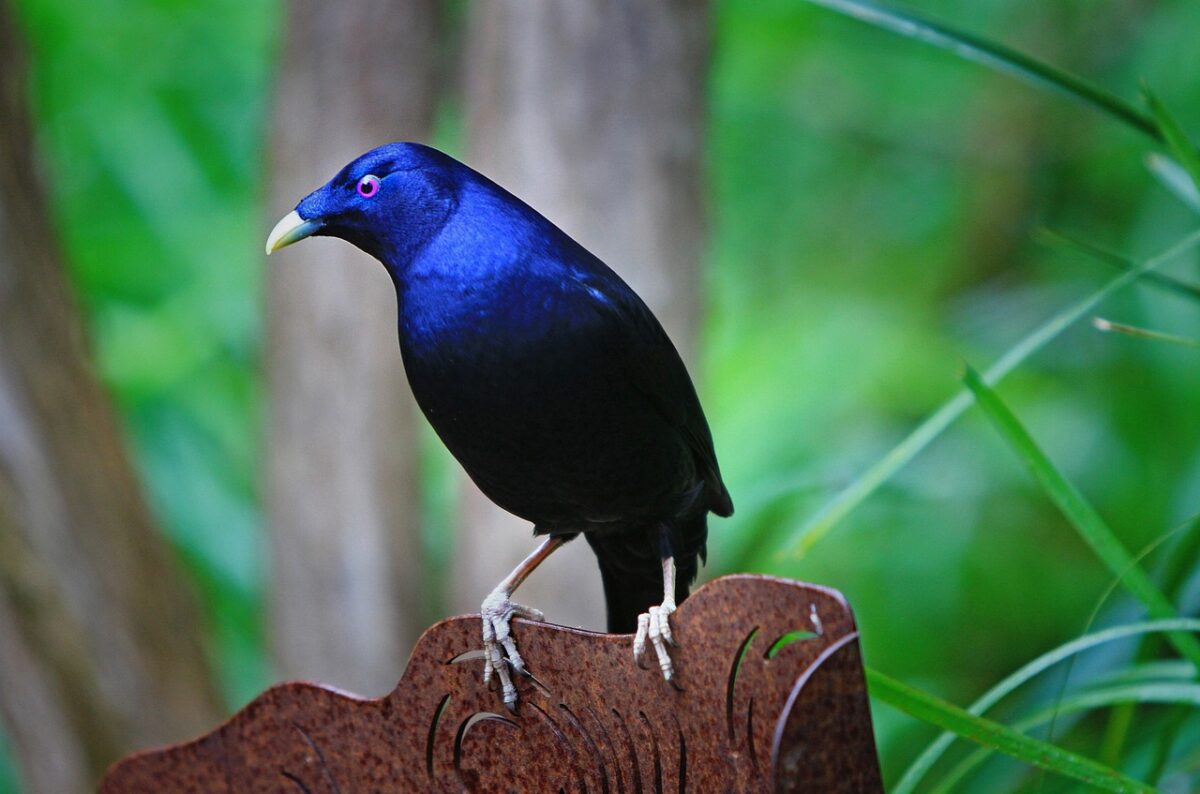
Male bowerbirds construct elaborate structures, or bowers, decorated with brightly colored objects to attract females. They also produce a variety of sounds, mimicking other bird species and even human-made sounds, to draw attention to their creations.
9. Wolves: Howling
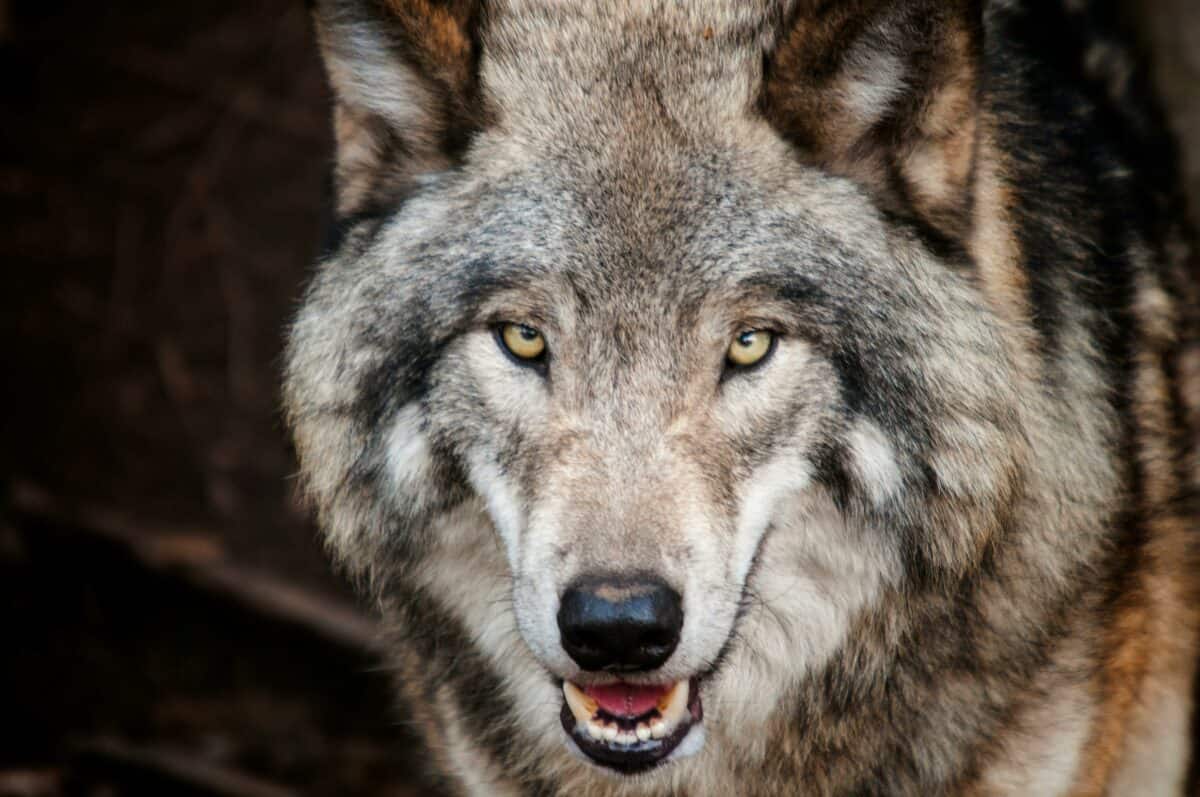
Wolves use howling as a way to gather the pack, communicate about territory, and locate members who are separated. A howl can carry as far as 10 miles in open terrain.
10. Vervet Monkeys: Alarm Calls
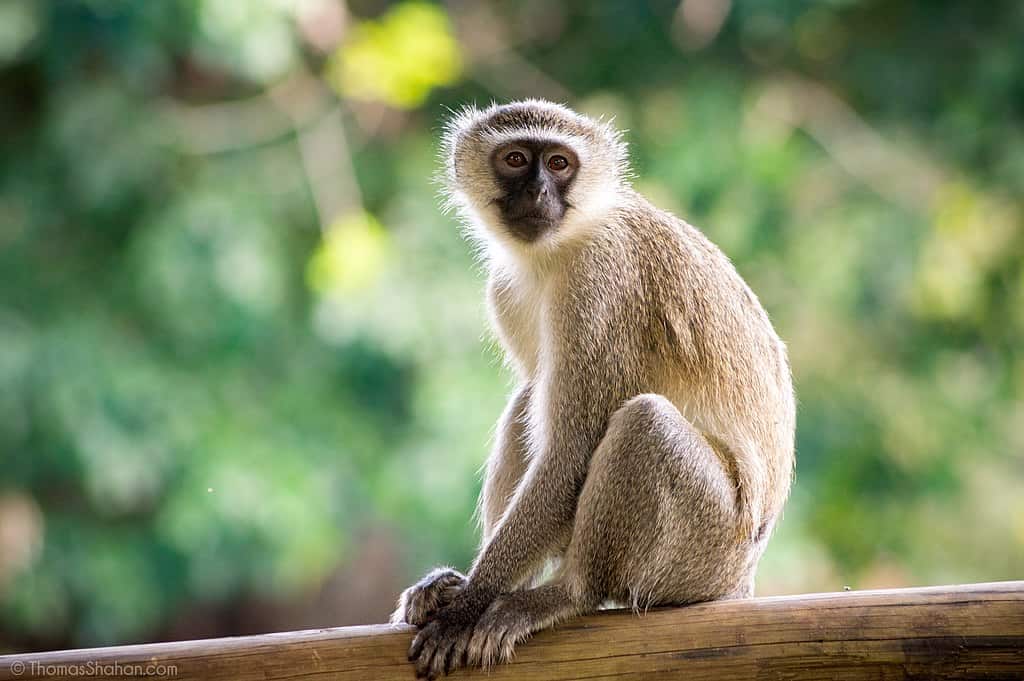
Vervet monkeys use different alarm calls to indicate the presence of specific predators such as eagles, snakes, and leopards. Each call triggers a distinct response from the group.
11. Giraffes: Infrasonic Communication
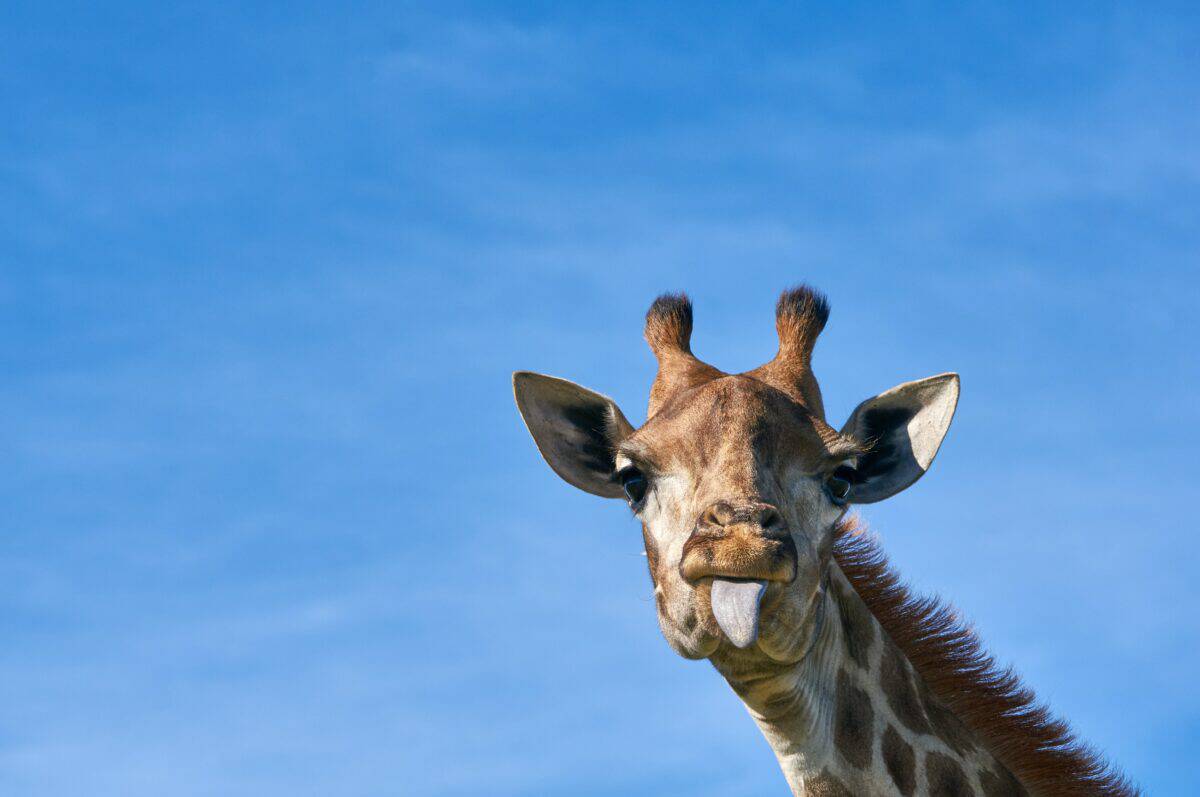
Recent studies suggest that giraffes might communicate using sounds below the range of human hearing. These low-frequency noises could help maintain social bonds within groups.
12. Lyrebirds: Mimicry Masters
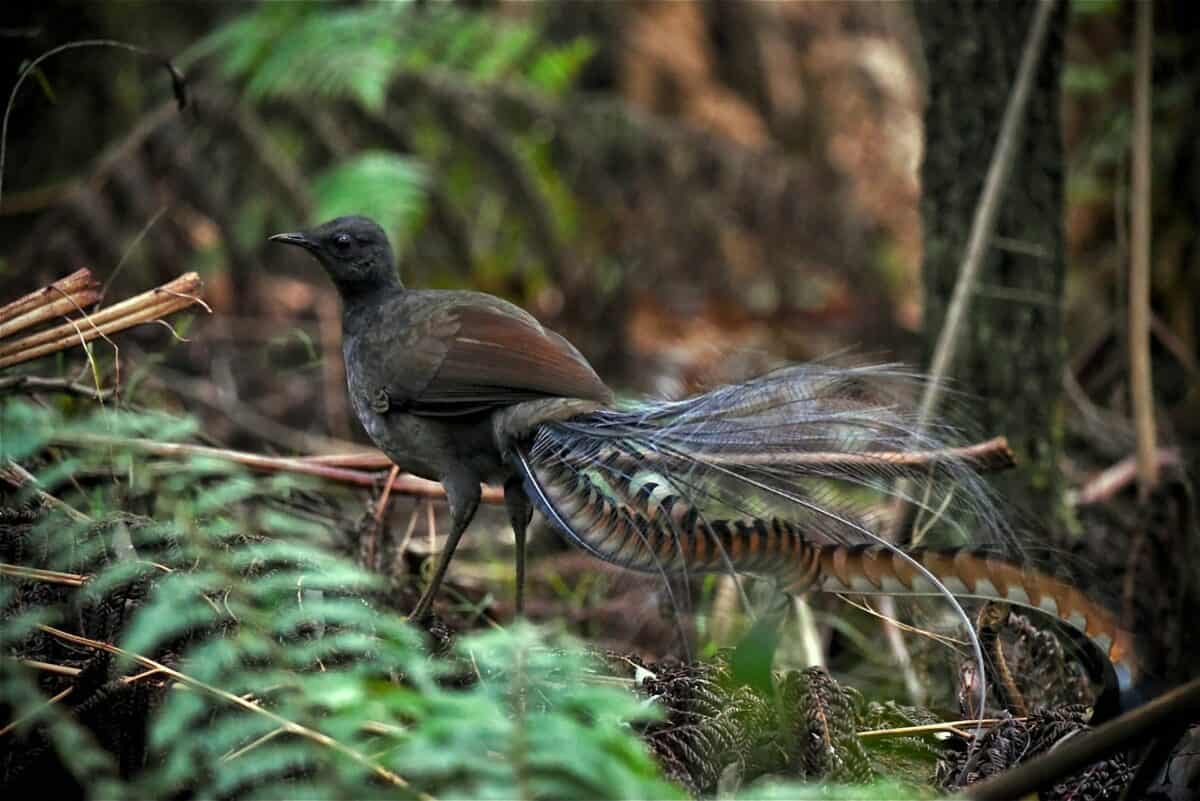
Lyrebirds possess an incredible ability to mimic natural and artificial sounds from their environment. Their repertoire can include other bird calls, chainsaws, car alarms, and camera shutters.
13. Ants: Chemical Signals
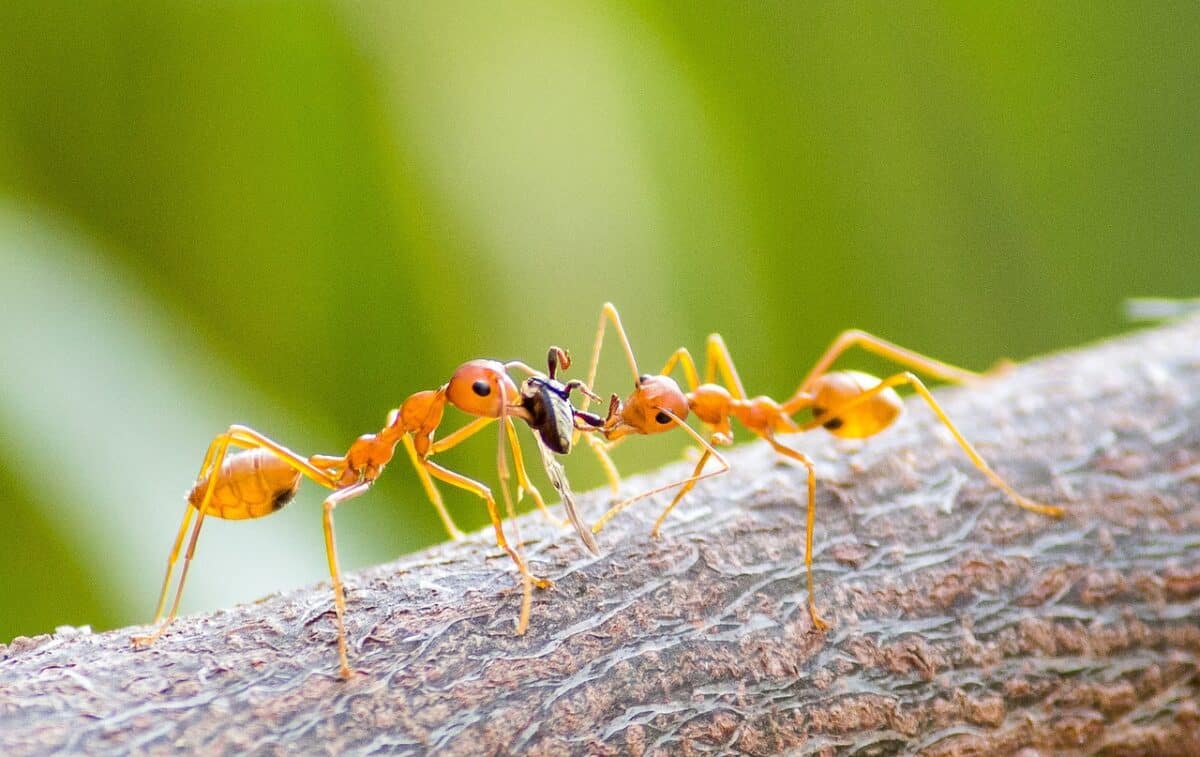
Ants are masters of chemical communication. They leave pheromone trails to guide others to food sources and use a variety of chemicals to signal alarm, identify colony members, and mark territory.
14. Sperm Whales: Clicking Patterns
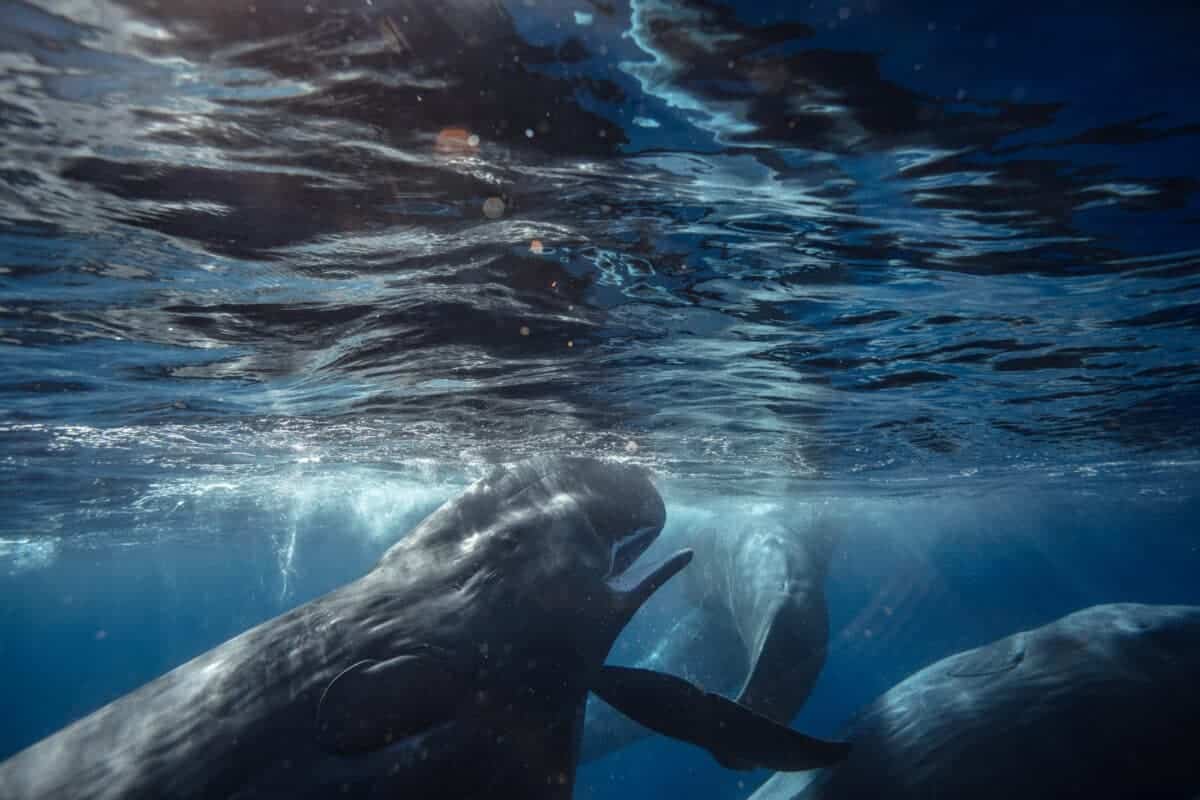
Sperm whales produce a series of clicks called “codas” for communication and echolocation. These patterns vary and can convey different messages or indicate group membership.
15. Orcas: Dialects
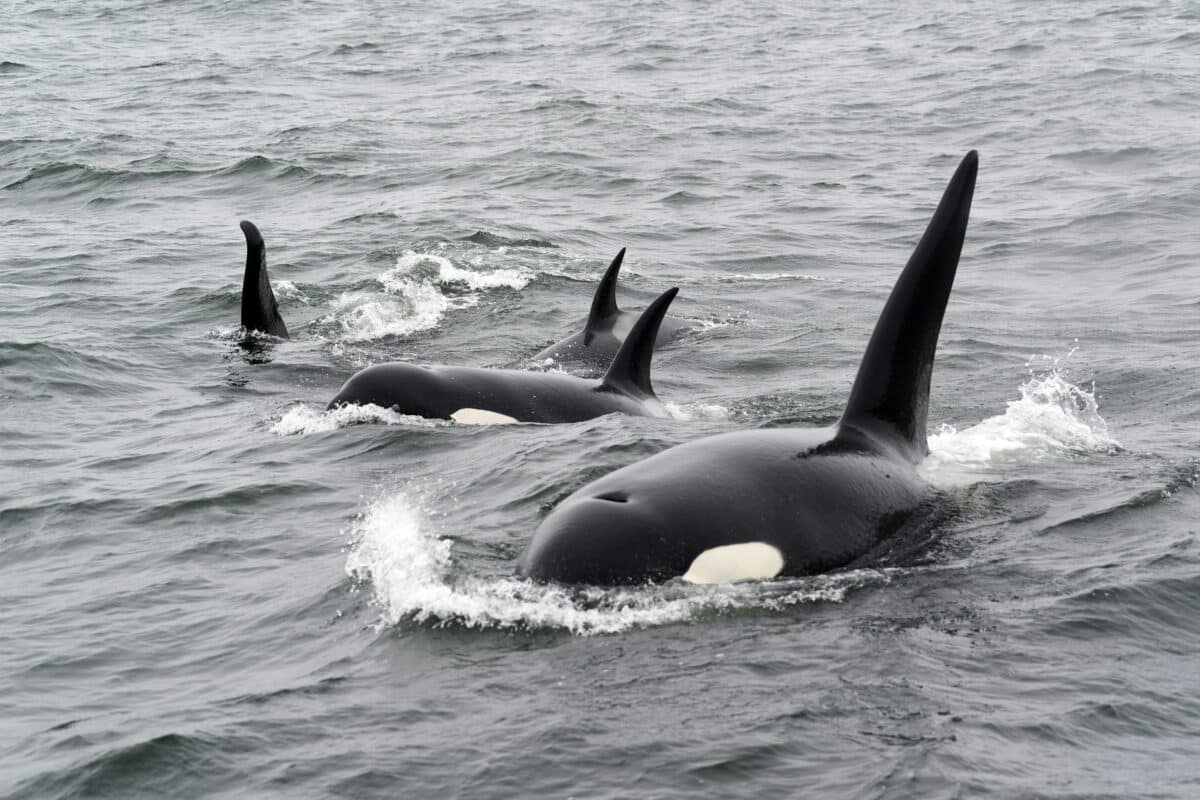
Orcas, or killer whales, have complex vocalizations that can be considered dialects. Each pod uses unique sounds, which are thought to be learned and passed down through generations, to communicate.
16. Frogs and Toads: Chorus
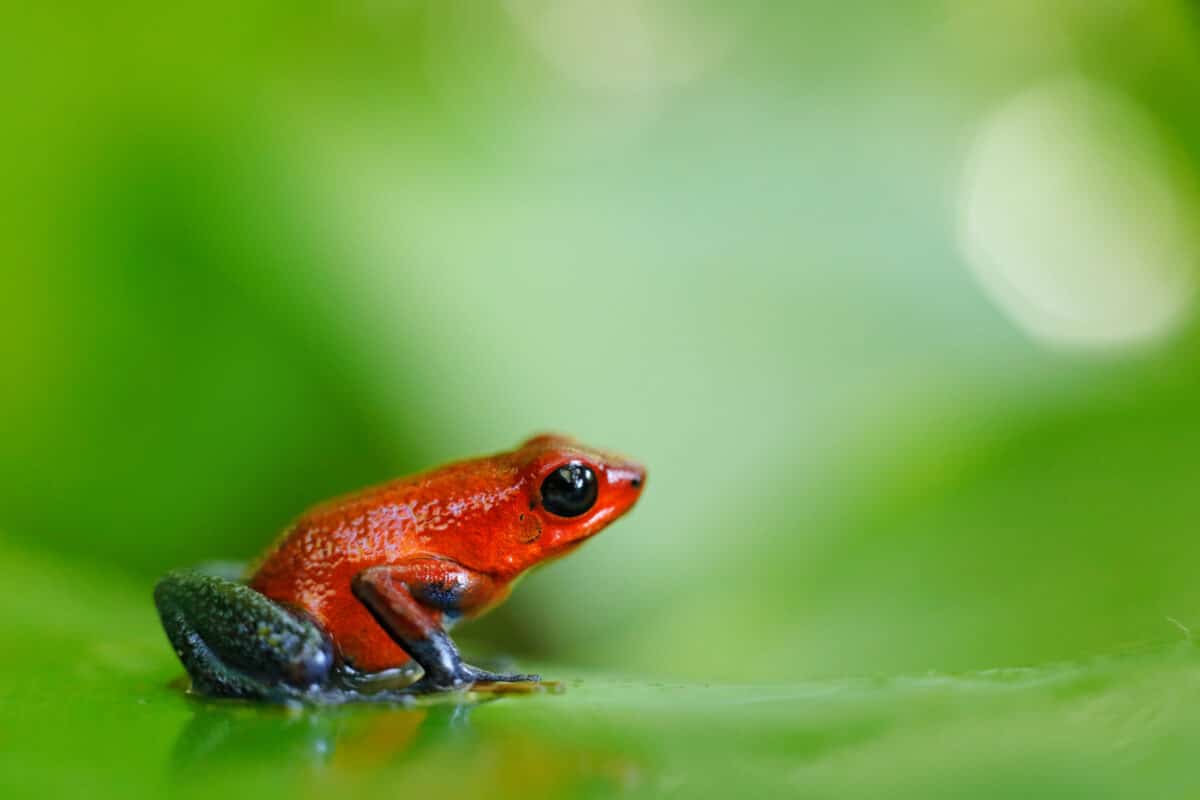
In mating season, male frogs and toads join together in a chorus to attract females. The collective croaking serves to amplify their presence, making it easier for females to locate them.
17. Birds of Paradise: Dance and Song
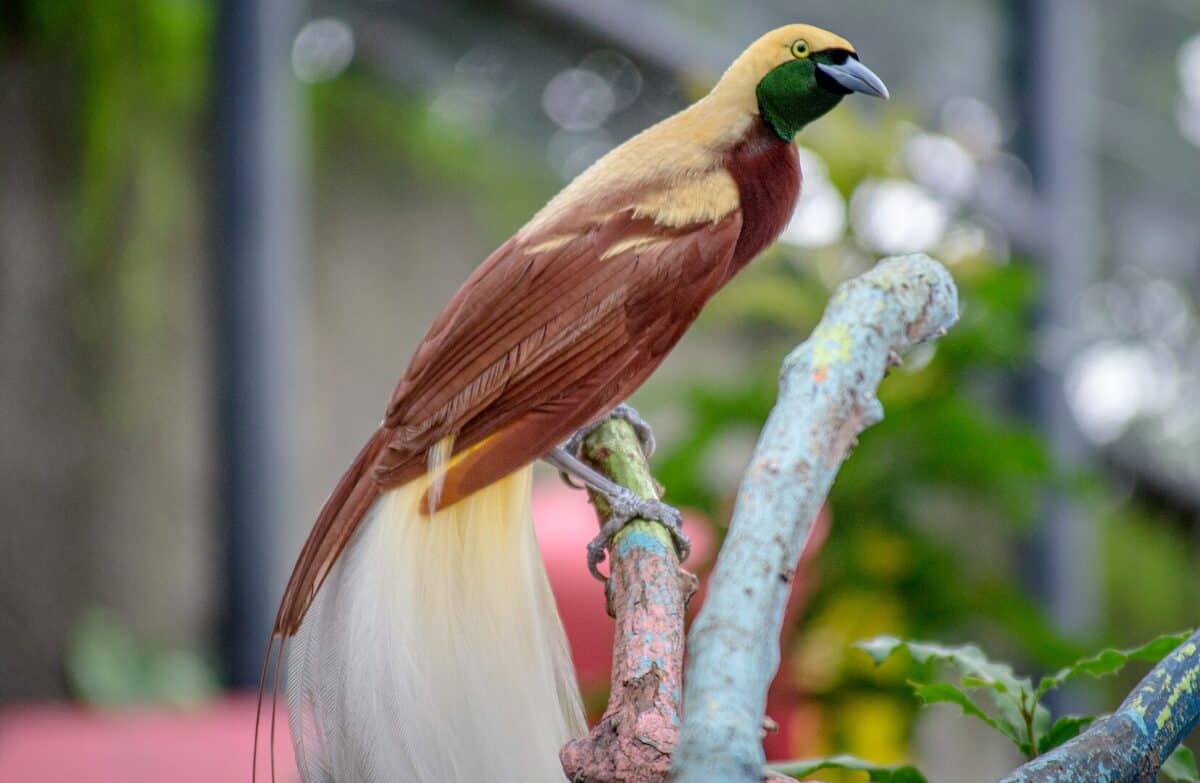
Birds of paradise are famous for their elaborate mating dances and songs. Each species has its own unique performance, combining visual displays with vocalizations to attract mates.
18. Capuchin Monkeys: Stone Percussion
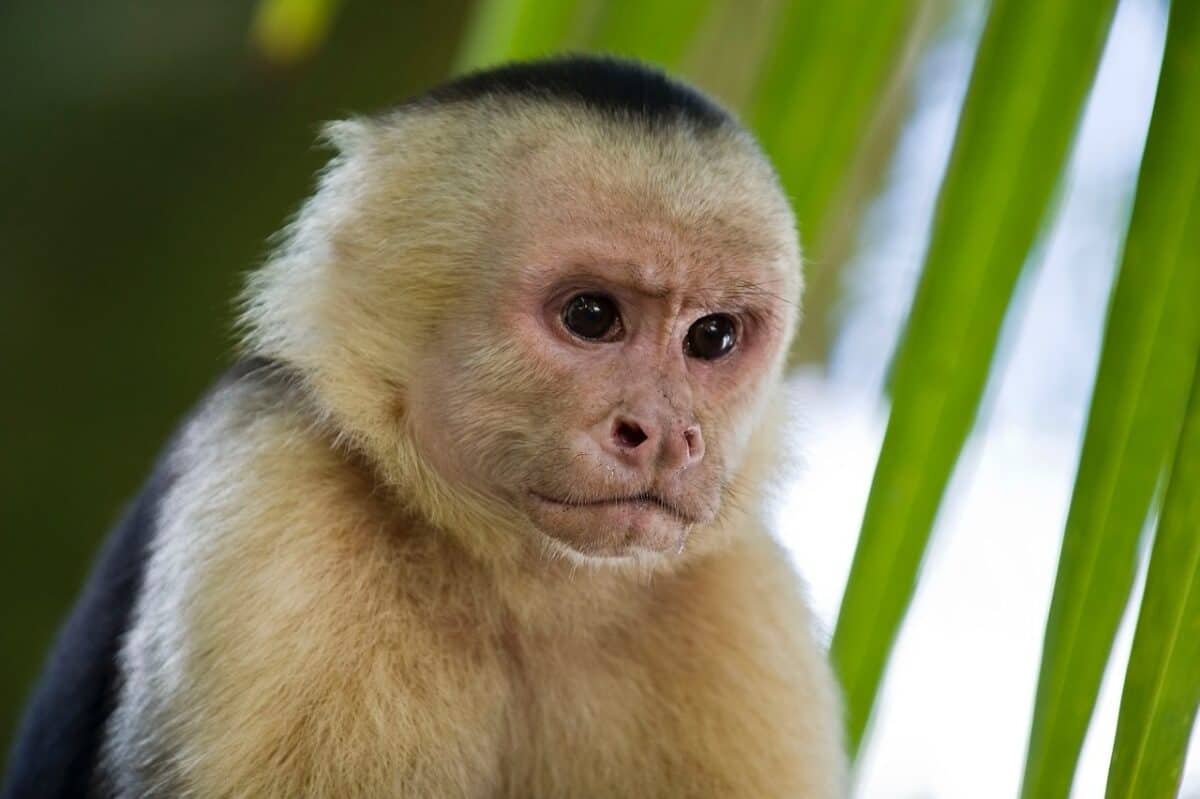
Capuchin monkeys use stones to crack nuts, but they also use this tool percussively to communicate. The sound of stone hitting stone or nut can signify different things, such as territory or dominance.
Imagine if we communicated by the way we cook our food? The Capuchin monkey definitely deserves a feature on this list of animals that communicate in the strangest ways.
19. Kangaroo Rats: Foot Drumming
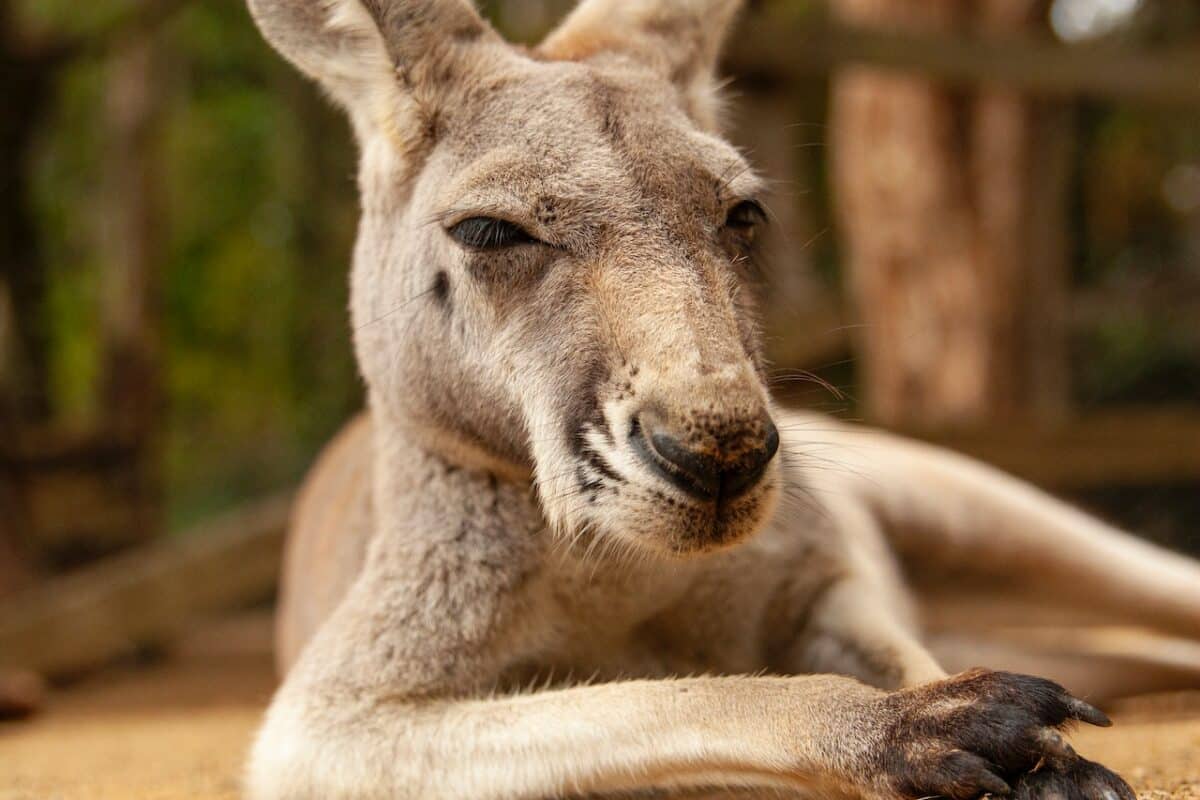
Kangaroo rats use their hind legs to drum on the ground, sending vibrations through the earth to communicate with others. This can be a warning of predators or a declaration of territory.
20. Octopuses: Color Changes
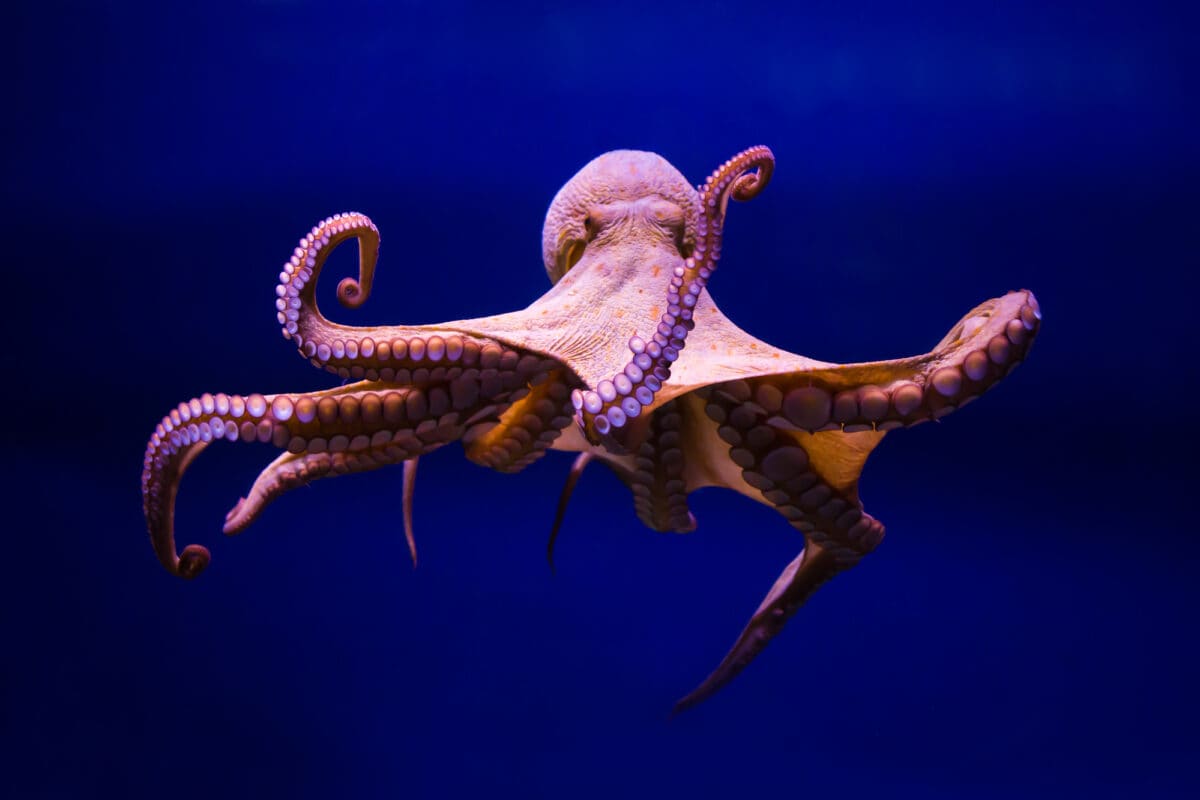
Octopuses is another animal that communicates in one of the strangest ways. These marine creatures communicate their mood and intentions through dramatic changes in color and texture. In this way they express aggression, camouflage, or courtship.
21. Caribbean Reef Squid: Color Patterns
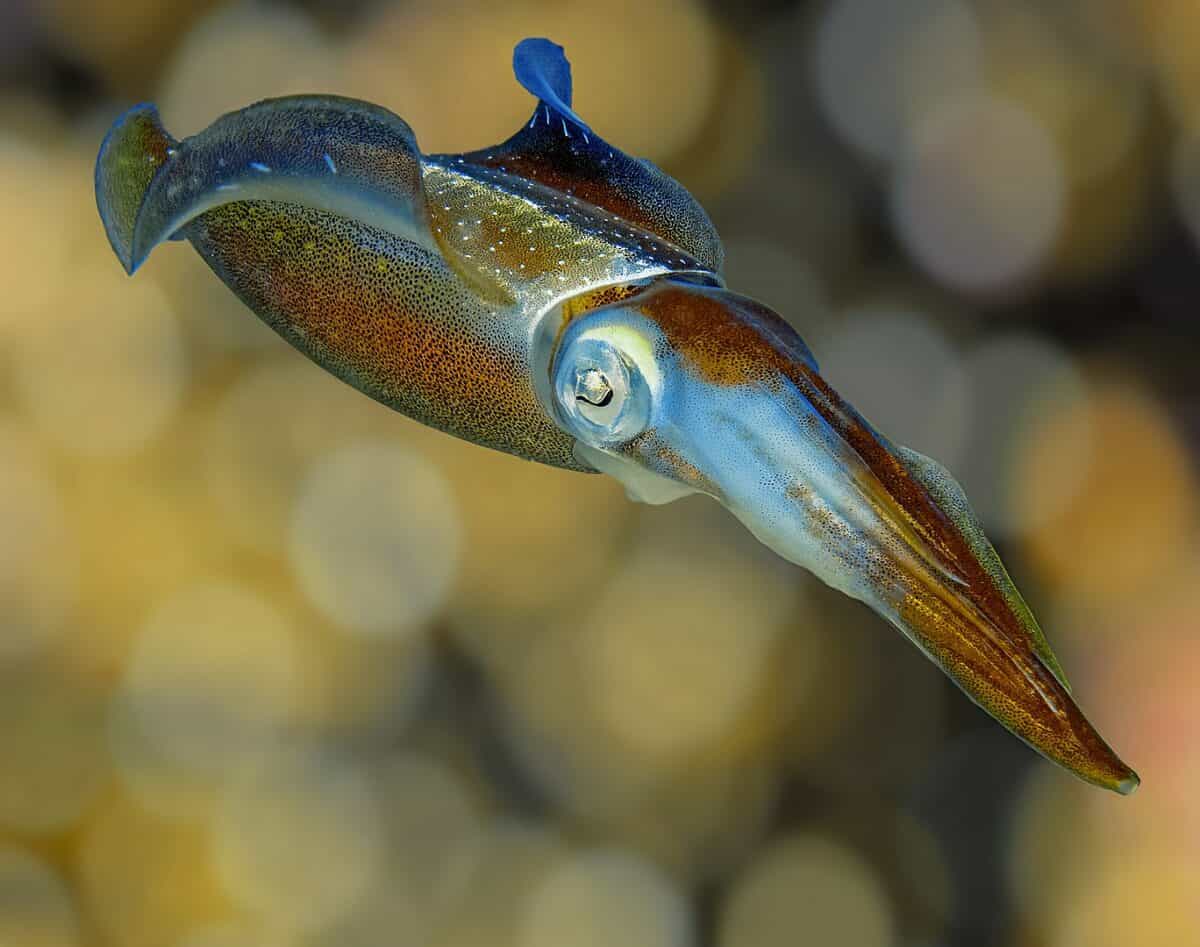
Similar to octopuses, Caribbean reef squid use changing color patterns to communicate. They can send one message to a squid on their right and a different message to another on their left, simultaneously.
22. Zebra Finches: Heat Calls
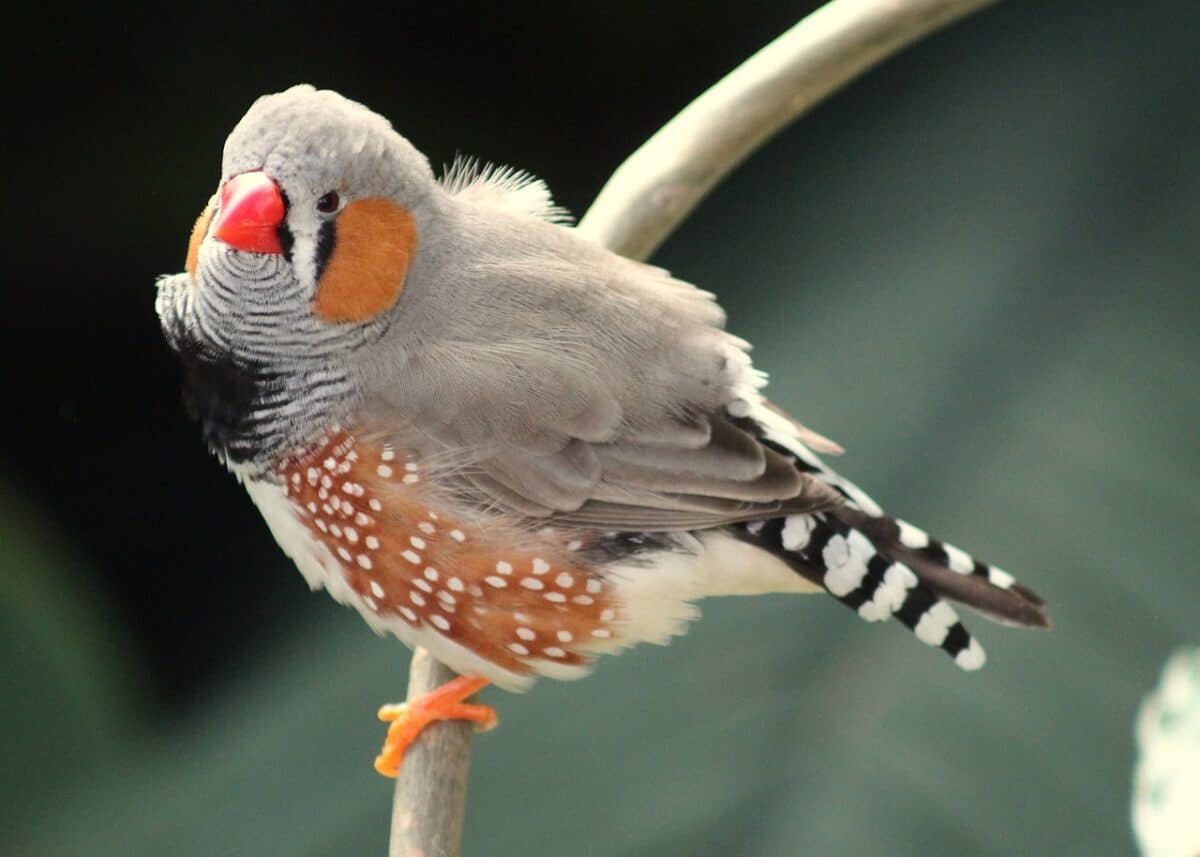
Zebra finches communicate to their unhatched chicks through a special call that influences the development of the embryos, preparing them for external temperature conditions.
23. Crows and Ravens: Tool Use Signals
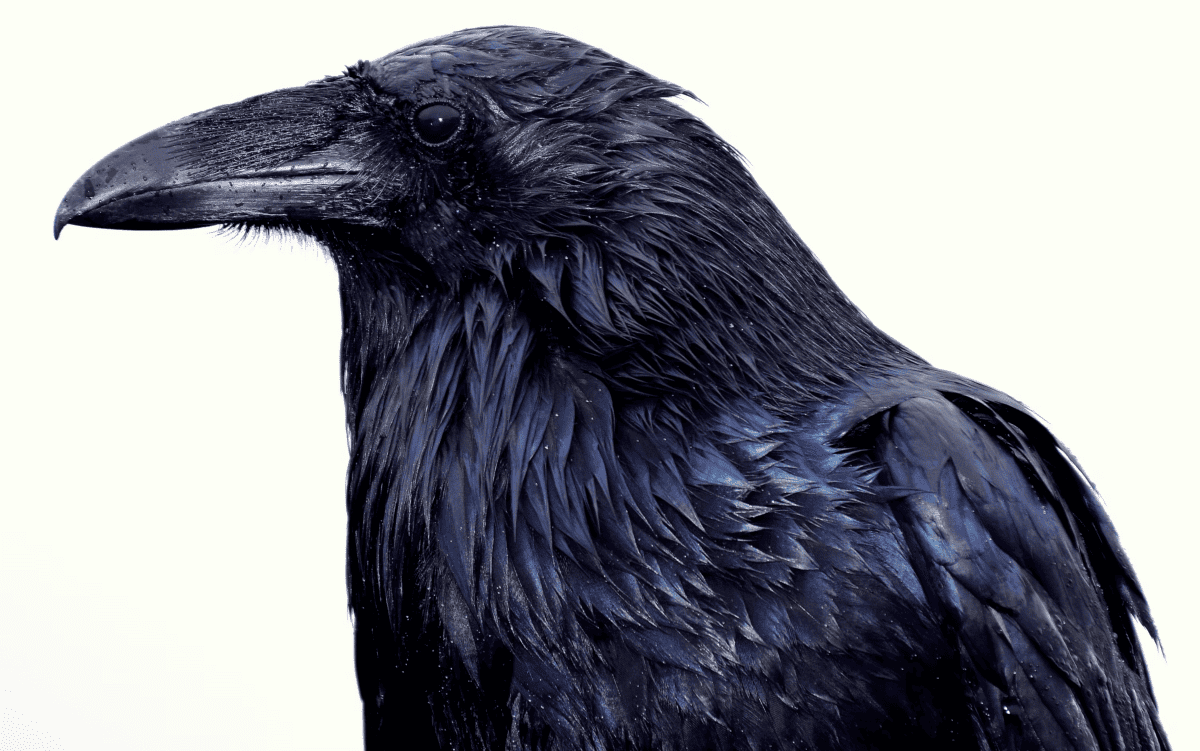
Crows and ravens use tools and can communicate information about tool use to each other. This can include showing where tools are or how to use them.
24. Bats: Echolocation
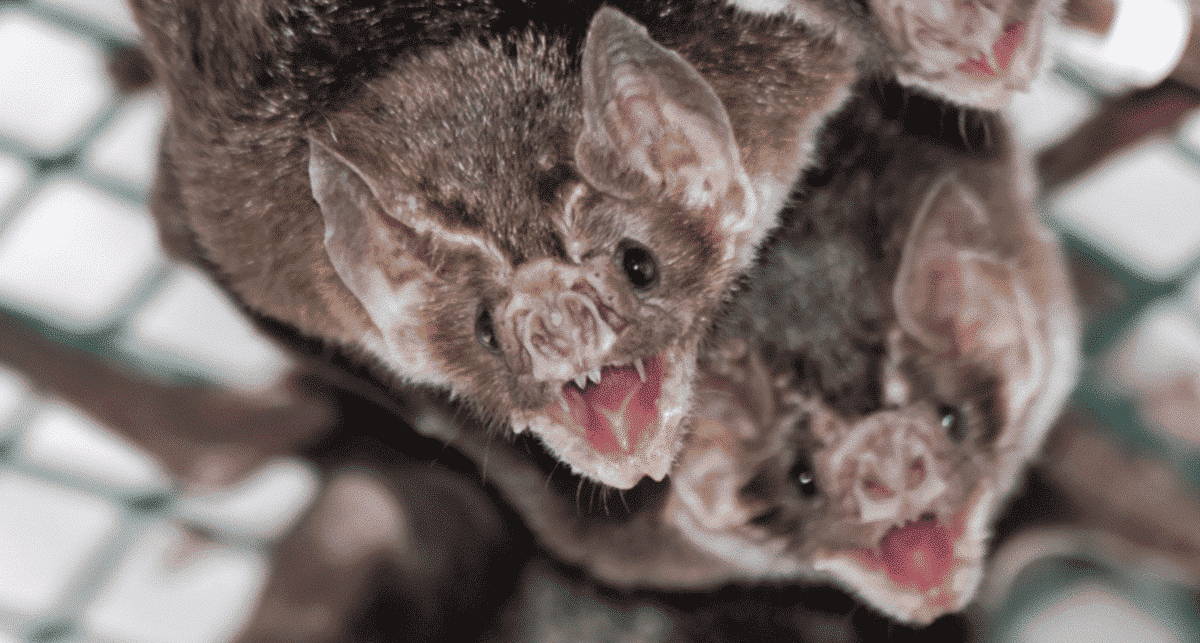
Bats emit high-frequency sounds that bounce off objects and return to their ears, helping them navigate and find food. They can also use these sounds to communicate with other bats.
25. Skunks: Chemical Warnings
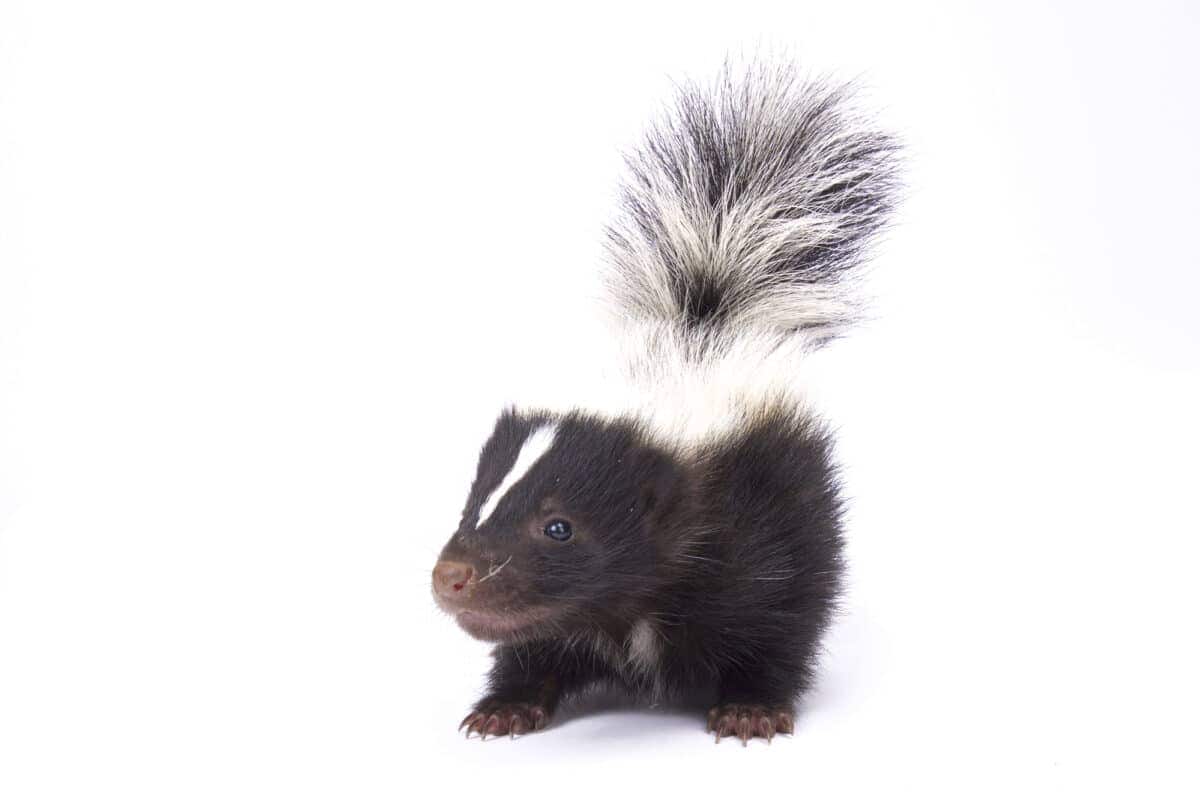
Skunks are well-known for their ability to spray a foul-smelling chemical to deter predators. This chemical communication is a clear warning to back off.
26. Cuttlefish: Pulsating Displays
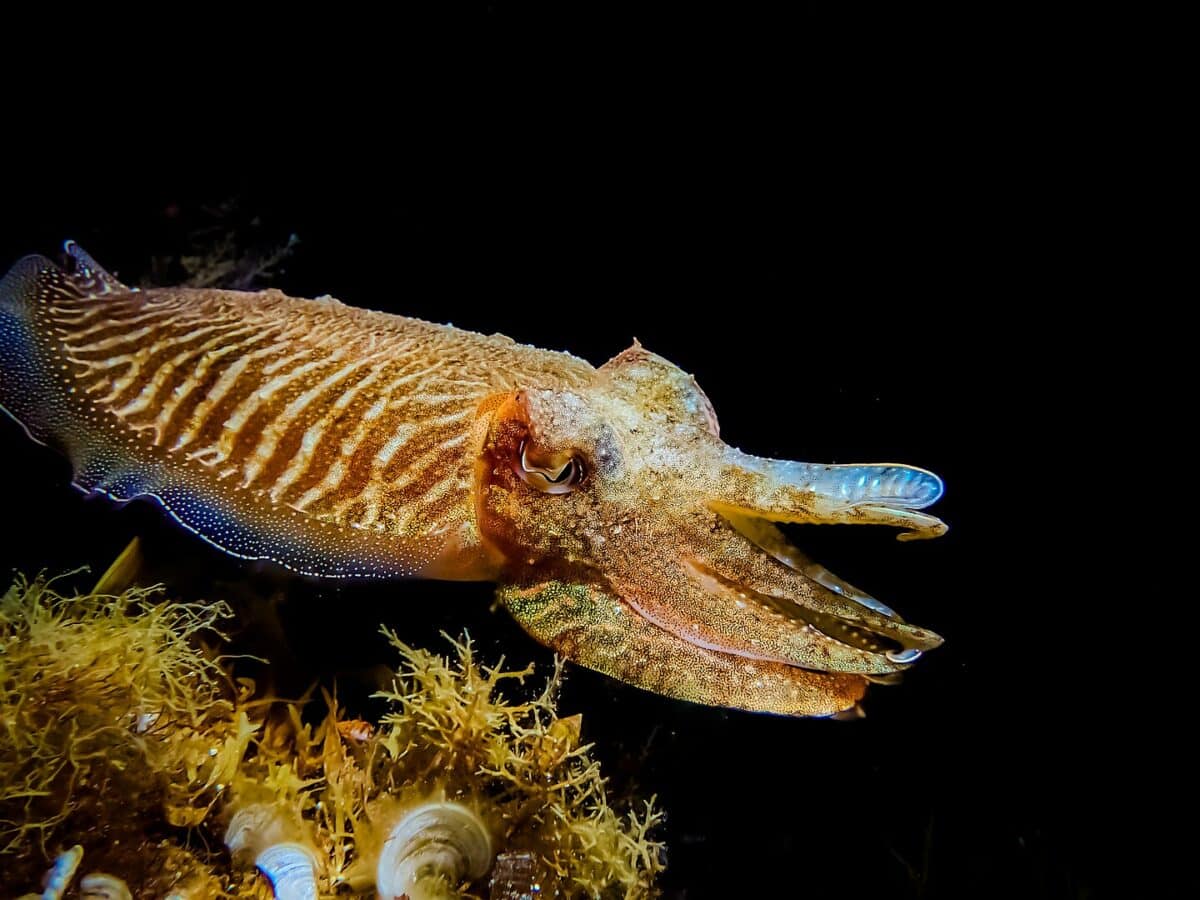
Cuttlefish use their skin to create pulsating patterns and colors that can communicate various messages, from mating signals to warnings.
27. Hyenas: Laughter
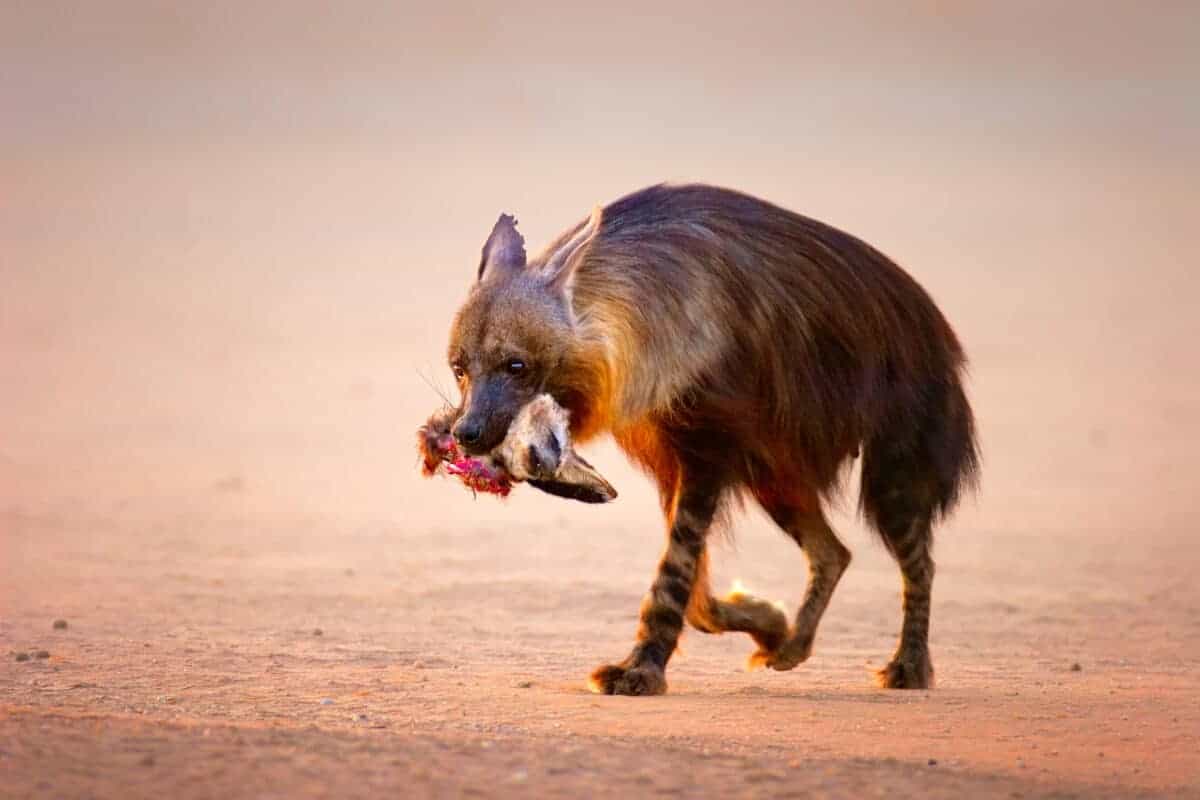
Hyenas’ “laughter” is a form of communication used to signal excitement, frustration, or social status within their group.
28. Parrots: Vocal Learning
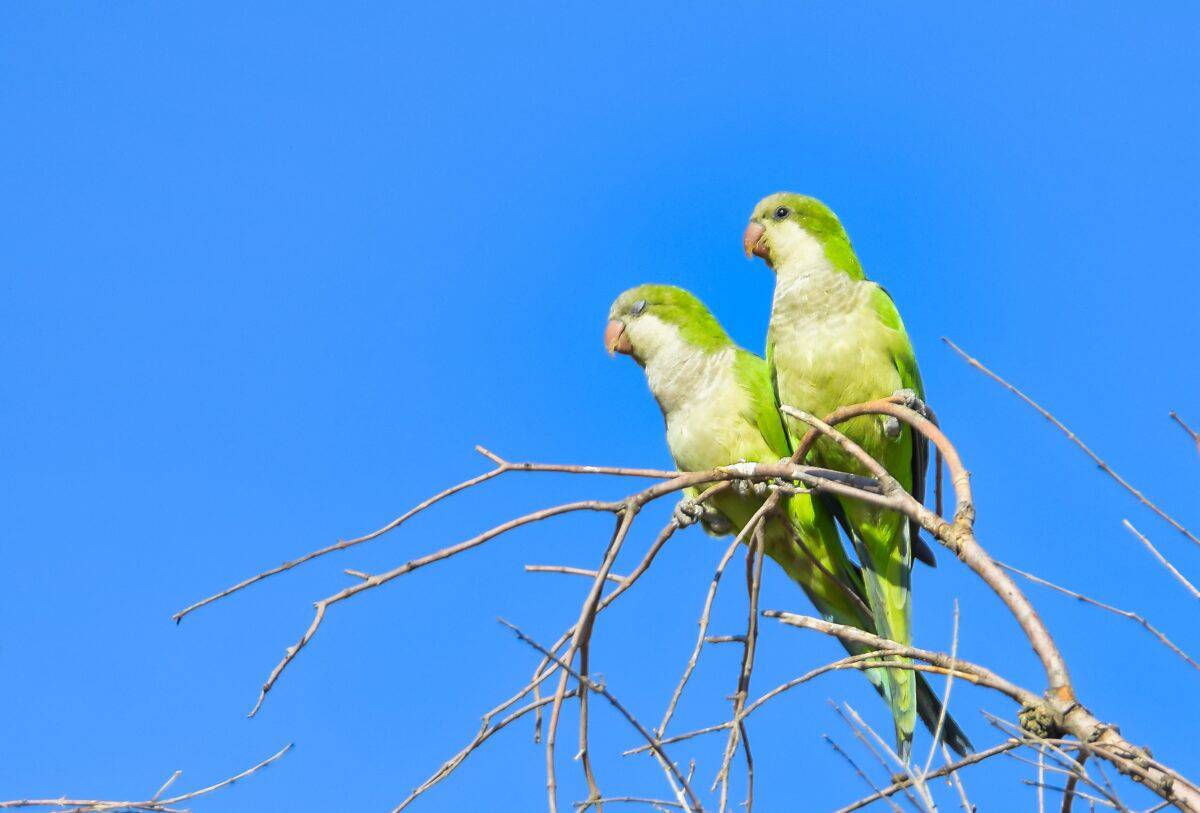
Parrots are among the few animals capable of vocal learning, mimicking human speech and other sounds to communicate with their human companions or other parrots.
29. Arctic Foxes: Tail Signals
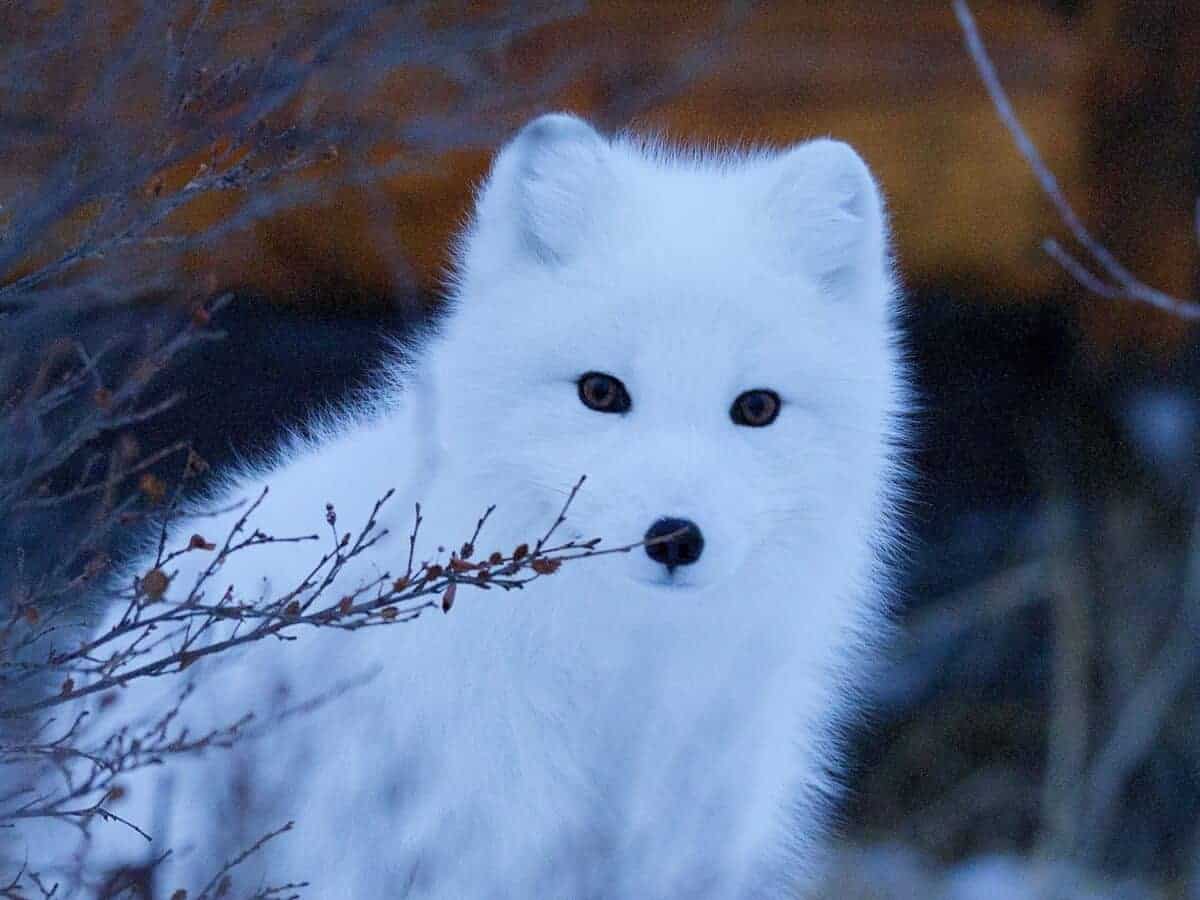
Arctic foxes use their tails to signal to other foxes, conveying information about their intentions, mood, or the presence of danger.
30. Manatees: Touch and Sound
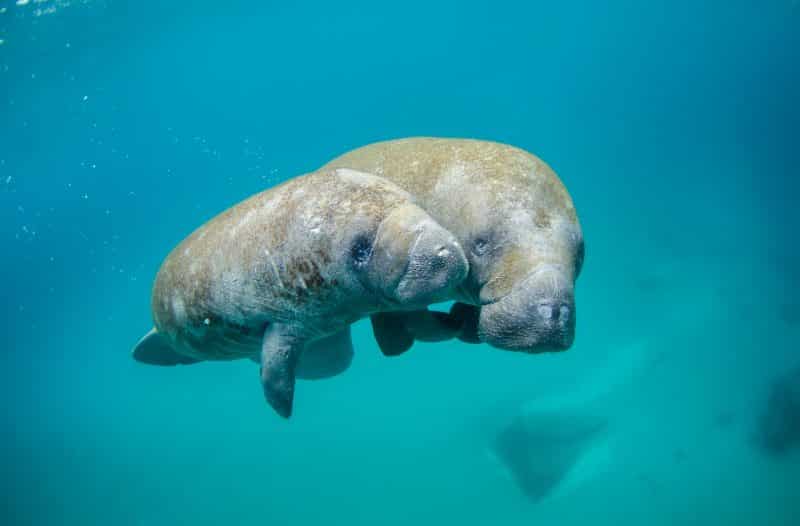
Manatees use a combination of gentle touches and vocal sounds to communicate with each other, especially between mothers and calves.
31. Porcupines: Quill Rattling
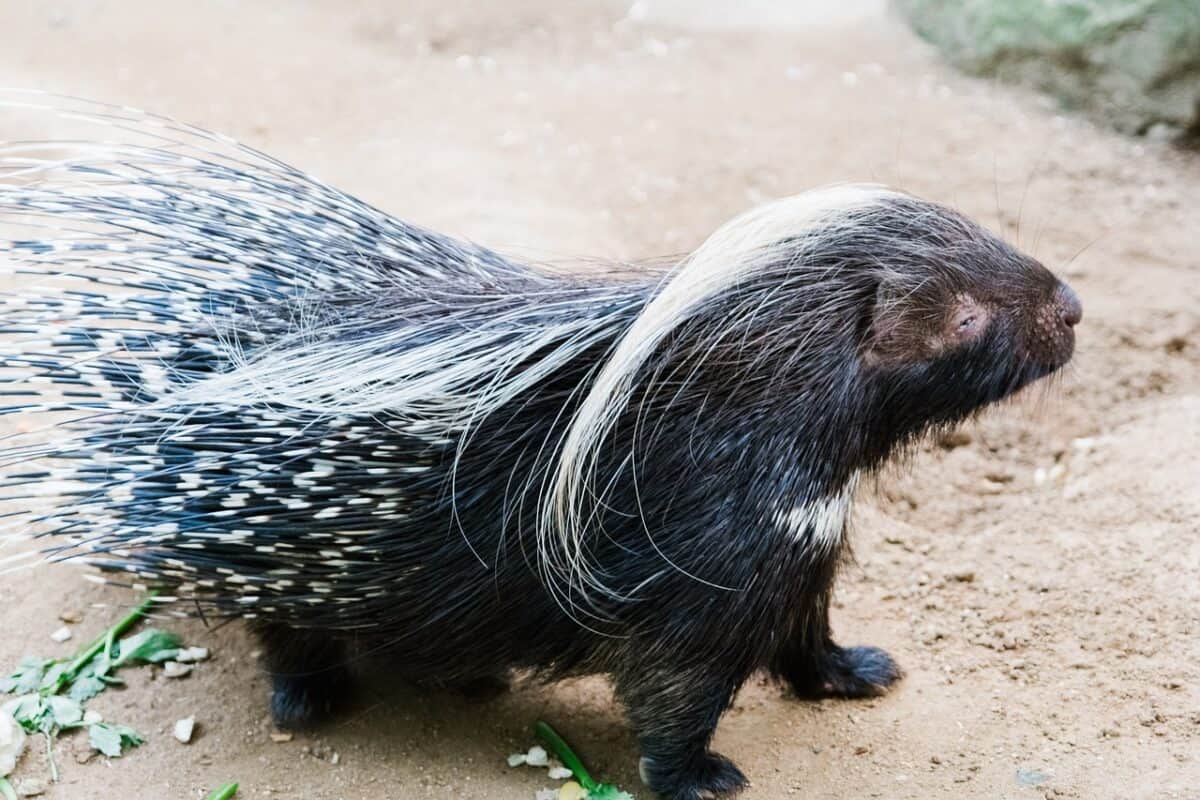
When threatened, porcupines shake their quills, producing a rattling sound as a warning to potential predators to stay away.
32. Peacocks: Feather Displays
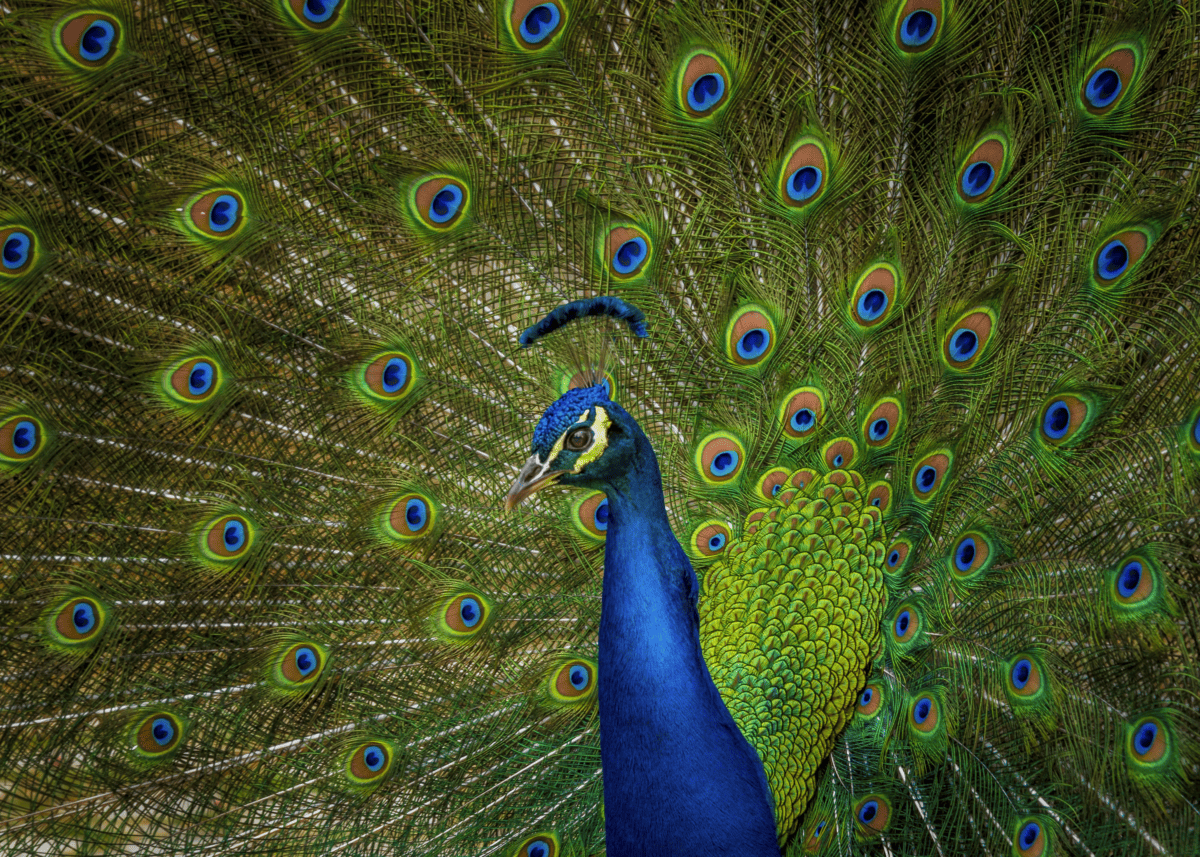
Peacocks use their spectacular tail feathers to create visual displays that communicate their fitness and attractiveness to peahens.
Animals That Communicate In the Strangest Ways: Conclusion
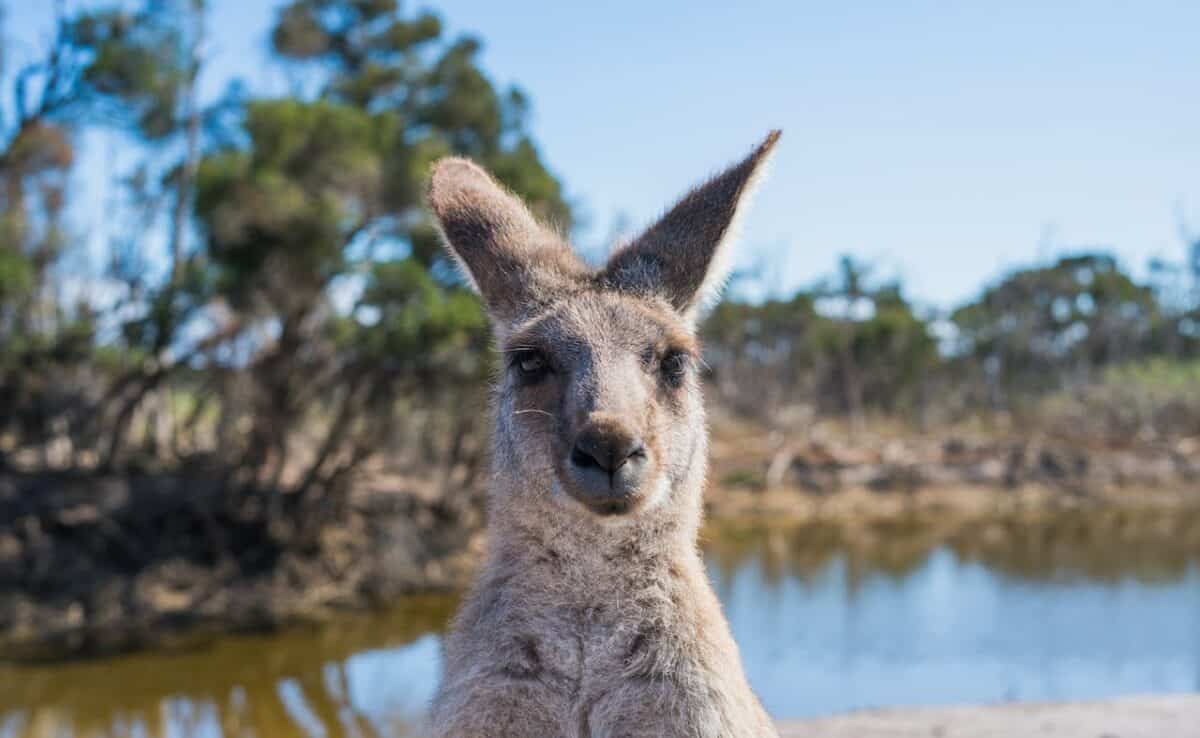
As you can see from this extensive and impressive list, the animals around us are constantly communicating in ways we didn’t even know were possible. Like so many other things, it’s easy to overlook the animal kingdom’s many capabilities just because they’re different from how we do it.
Thank you for reading this list of animals that communicate in the strangest ways! For similar reading, take a look at these posts:
- 16 Things New Yorkers Should Consider Before Getting a Dog
- The Most Dog-Friendly States in the U.S.
- Top 10 Friendly Animals
Join our Forum for free today!

- Signs Of Coyotes Visiting Your Property - July 23, 2024
- Beware Of The Rabid Wolf Spider In The United States - July 23, 2024
- 12 Flowers & The Beautiful Birds They’ll Attract To Your Yard - July 23, 2024
